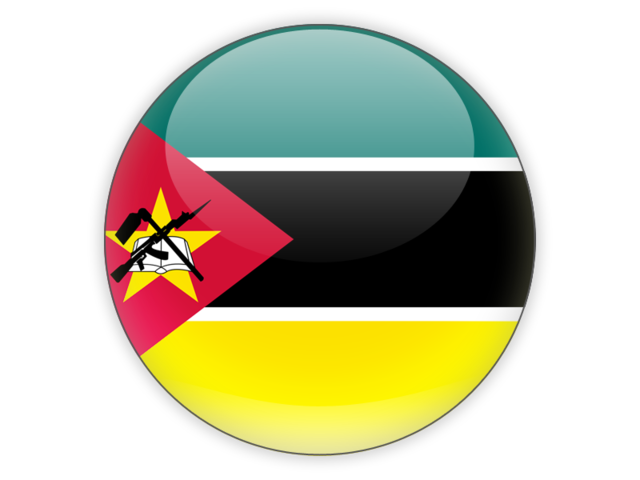Mozambican art is a vibrant testimony to the cultural and historical richness of Mozambique. From sculpture to painting, music, dance, and crafts, the art of Mozambique reflects the diversity of its ethnic groups, the complexity of its history, and the dynamism of its society. Over the years, Mozambican art has been an important link between tradition and modernity, between preserving cultural roots and contemporary innovation.
Diversity and Influences in Mozambican Art
Mozambican art is undoubtedly one of the most varied and multifaceted on the African continent. Indigenous, African, Arab, Portuguese, and other African influences blend together, resulting in a wealth of forms and styles. Each of the country’s different regions contributes its artistic traditions, creating an artistic identity that is both unique and plural.
Sculpture and Crafts: Tradition in Motion
Mozambican sculpture is one of the most well-known and admired art forms on the international scene. Wooden sculptures, often made from local types of wood, are highly sought after by collectors and tourists. Animal figures, traditional masks, and human representations are commonly sculpted, often linked to rituals and spiritual beliefs. These works express the Mozambican people’s relationship with nature and their ancestors.
Mozambican crafts are also remarkable, with a particular focus on embroidered fabrics, baskets, and ceramics. In each piece, there is a piece of Mozambican history and culture, with the handmade work passing down knowledge and practices from generation to generation.

Painting and Contemporary Art: Between Tradition and Innovation
Mozambican painting has evolved over the years, with artists exploring both visual traditions and new contemporary languages. Figures like Malangatana Ngwenya, one of the most renowned Mozambican artists, are internationally recognized for their contributions to modern art and for their unique way of representing the social and political reality of the country.
Contemporary art in Mozambique continues to thrive, with a new generation of artists experimenting with different media, techniques, and themes. The blending of traditional styles with modern elements results in innovative art that projects itself globally while maintaining a deep connection to the country’s cultural roots.

Art as a Tool for Social Transformation
Mozambican art also plays a crucial role in promoting social transformation. Mozambican artists have used their art to reflect on the political, social, and environmental issues affecting the country. The impact of wars, the struggle for independence, and the challenges of post-colonial development are recurring themes addressed by artists from various generations.
Furthermore, art has been a vital tool in promoting intercultural dialogue and social inclusion. Museums, galleries, and cultural centers in Mozambique have dedicated themselves to providing spaces where art can be appreciated by all, strengthening national identity and promoting cultural diversity.
Mozambican Art on the Global Stage
Mozambican art has earned an increasingly important place on the global stage. International exhibitions, art biennales, and cultural events have become platforms for Mozambican artists to showcase their talent and unique vision of the world. As a result, Mozambican art has not only become a form of expression but also a symbol of the country’s ability to innovate, create, and inspire.
Conclusion
Mozambican art is, above all, a celebration of the diversity, resistance, and resilience of the Mozambican people. Over the centuries, this art has told the story of a people who have reinvented themselves and kept their traditions alive while building a dynamic and modern future. Through its diversity of forms and expressions, the art of Mozambique continues to inspire and captivate the world, establishing itself as a heritage of universal value.

